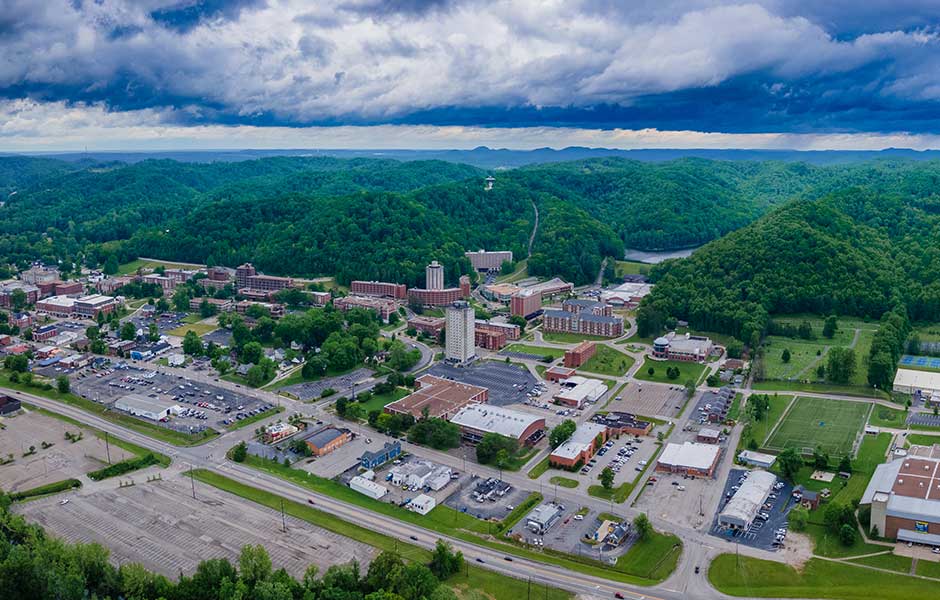
1 minute read
Lunar IceCube deployed by NASA
MSU’s Space Science Center continues to be at the forefront of space exploration with the launch of Lunar IceCube aboard NASA’s Artemis I mission late last year.
NASA launched the Space Launch System (SLS) rocket and Orion spacecraft from the agency’s Kennedy Space Center in Cape Canaveral, Florida, in the early hours of Wednesday, Nov. 16, 2022. The spacecraft traveled 1.4 million miles, circling the moon before returning to Earth Sunday, Dec. 11.
Lunar IceCube, a nanosat designed, constructed and tested by more than 50 students, faculty and staff at MSU’s Space Science Center, was a secondary payload on the mission. The satellite’s 18-month mission will investigate the transportation physics of water ice on the lunar surface to inform NASA’s future human and robotic exploration plans. The Mission Operations Center (MOC) in MSU’s Space Science Center will operate the mission. The team uses NASA’s Deep Space Network and MSU’s 21-meter ground station antenna to send commands to the spacecraft, downlink data, and telemetry. Currently, mission operations is working to contact the spacecraft to download the telemetry, which continues through March 2023.
Scientists and engineers from NASA’s Goddard Spaceflight Center in Greenbelt, Maryland, NASA’s Jet Propulsion Laboratory in Southern California, NASA’s Katherine Johnson Independent Verification and Validation Facility in Fairmont, West Virginia, and the Busek Space Propulsion company also contributed to Lunar IceCube.
To explore programs in Physics, Earth Science & Space Systems Engineering, visit moreheadstate.edu/science.










